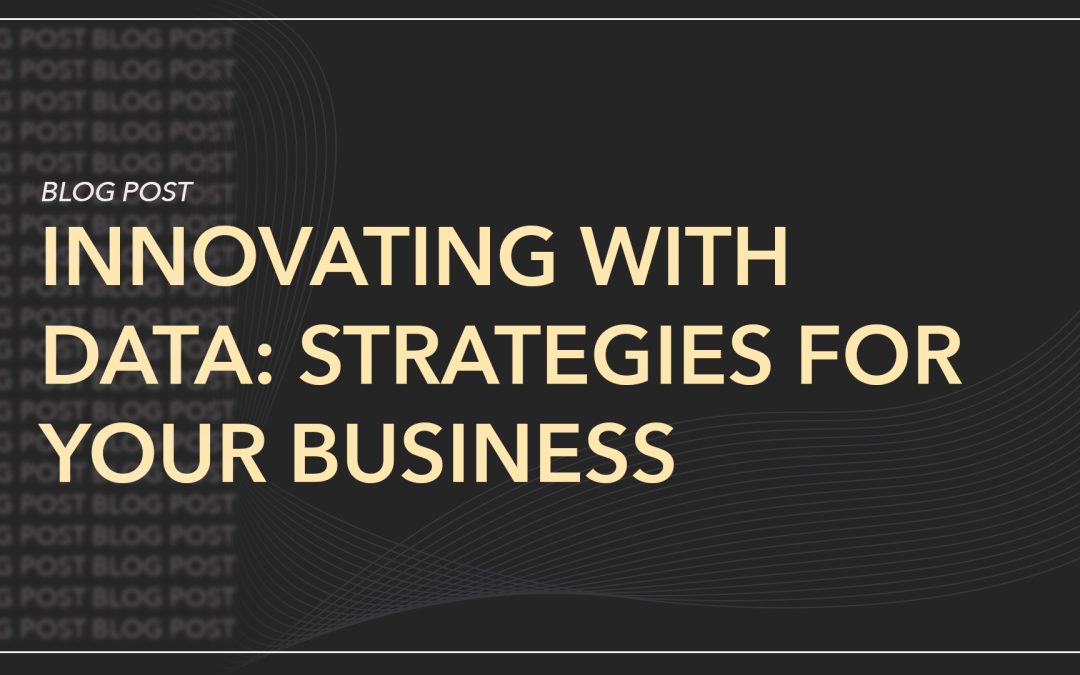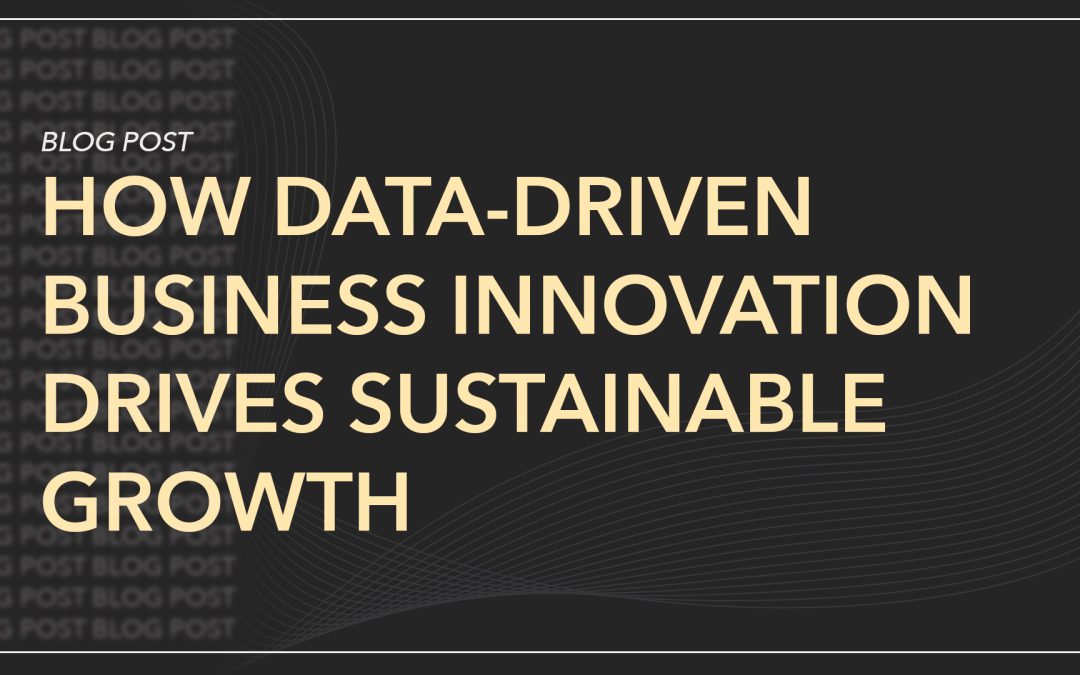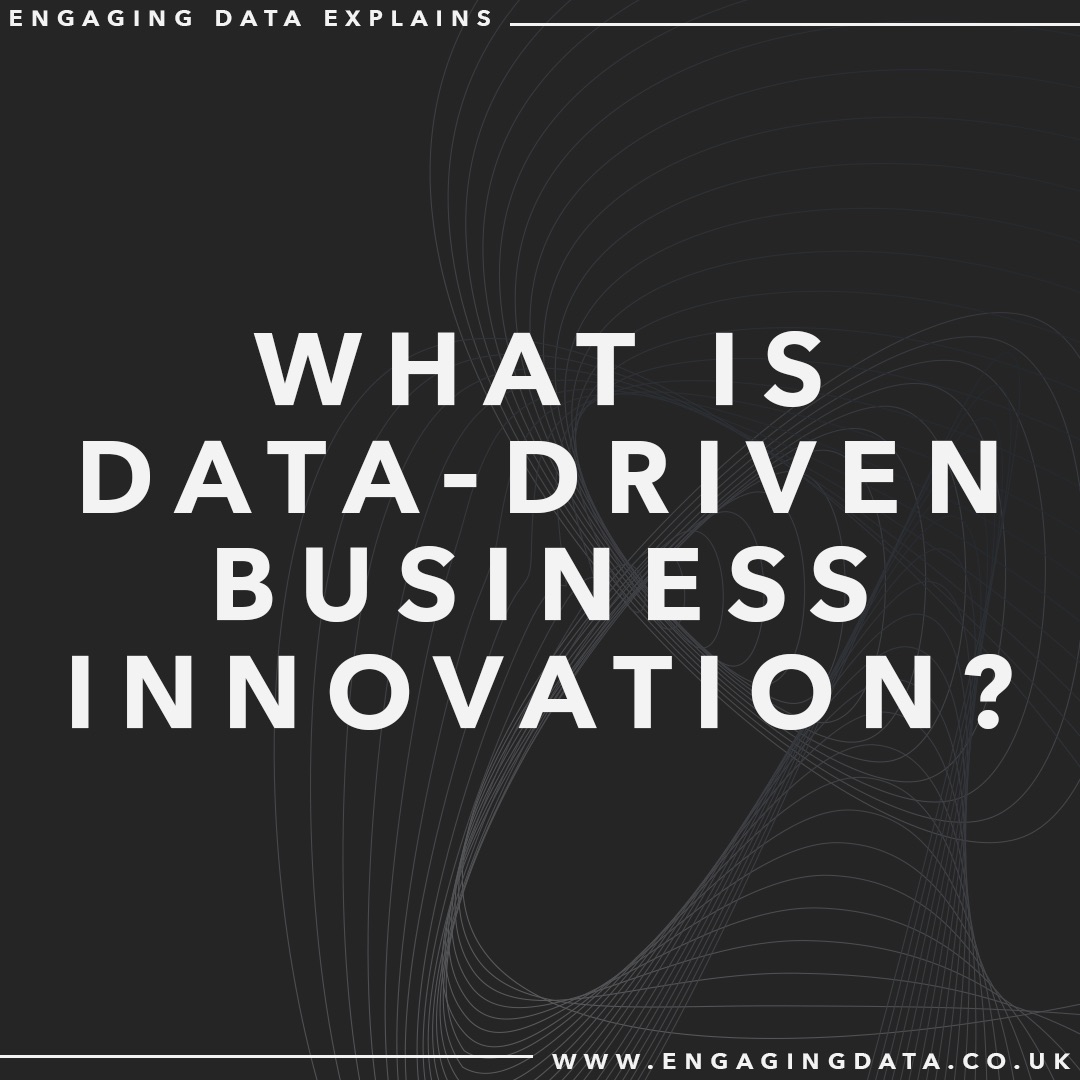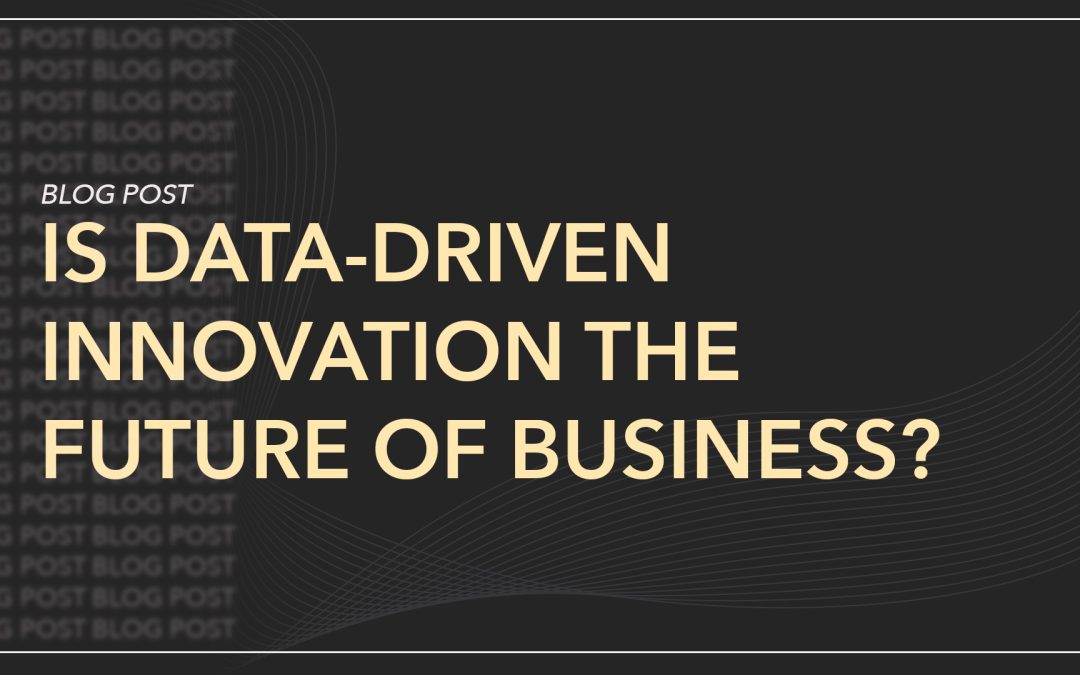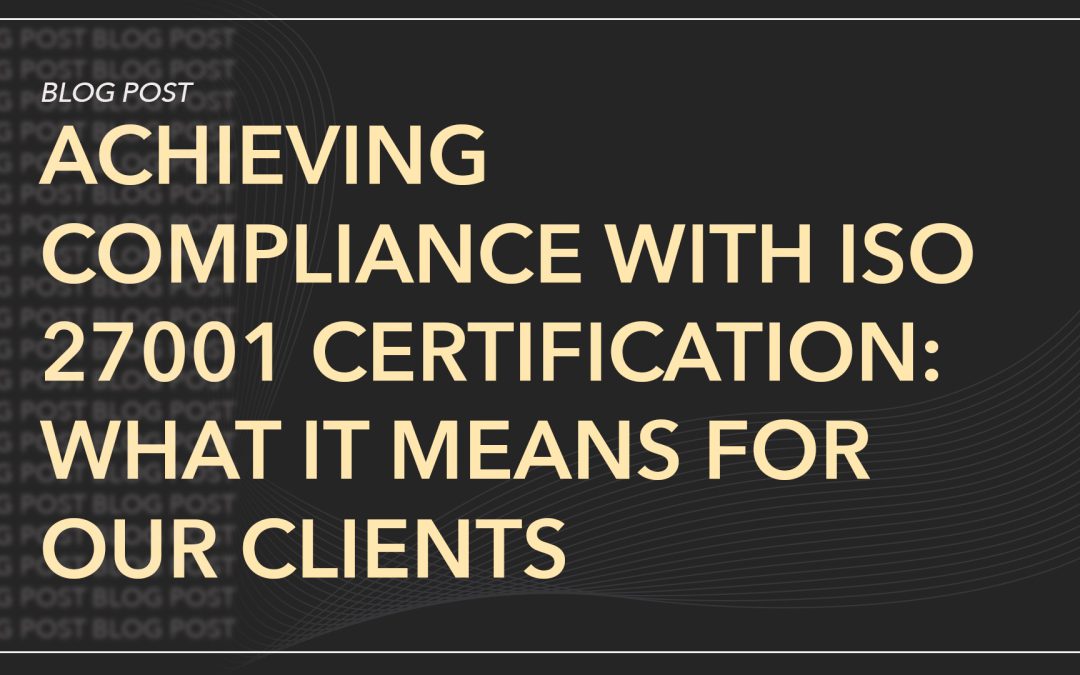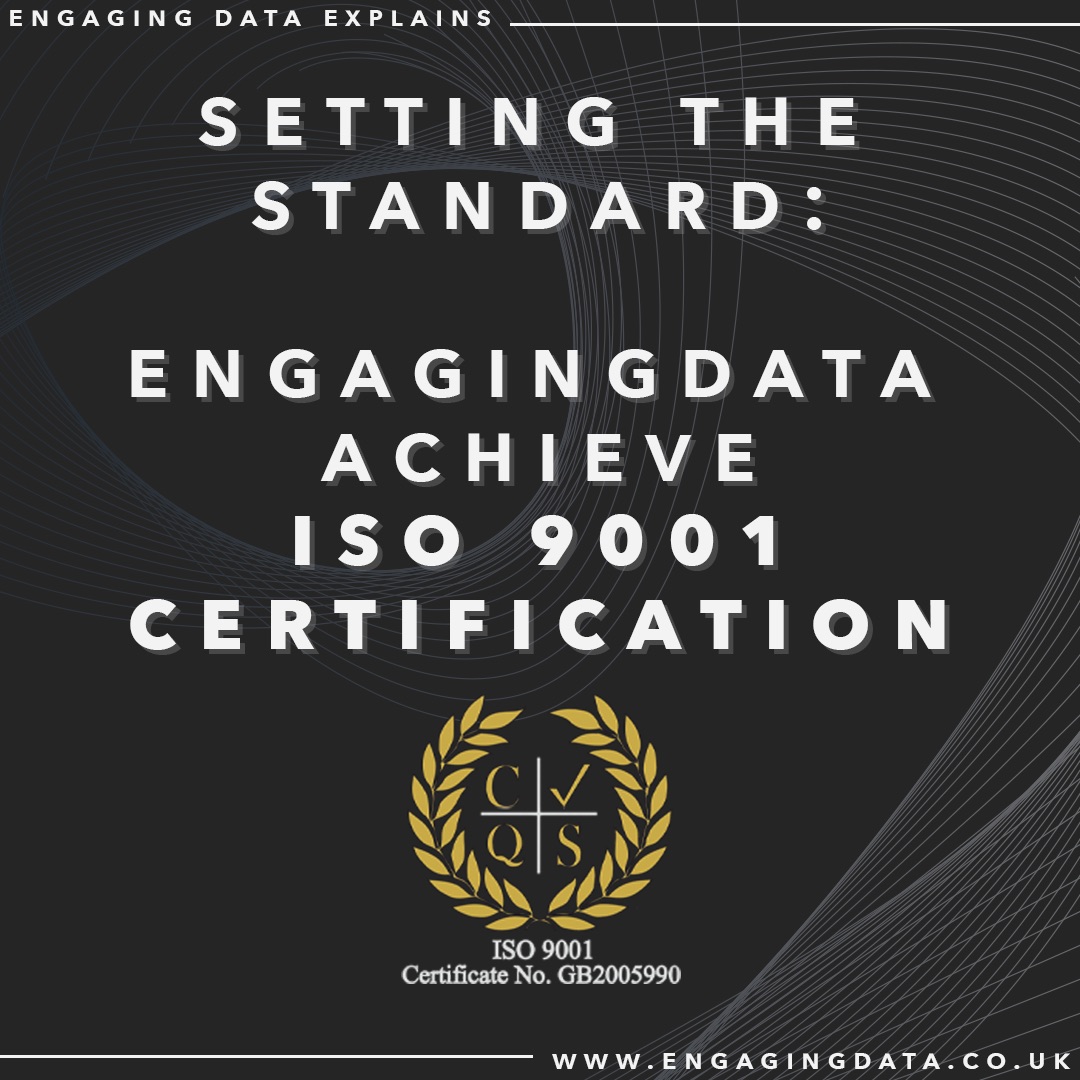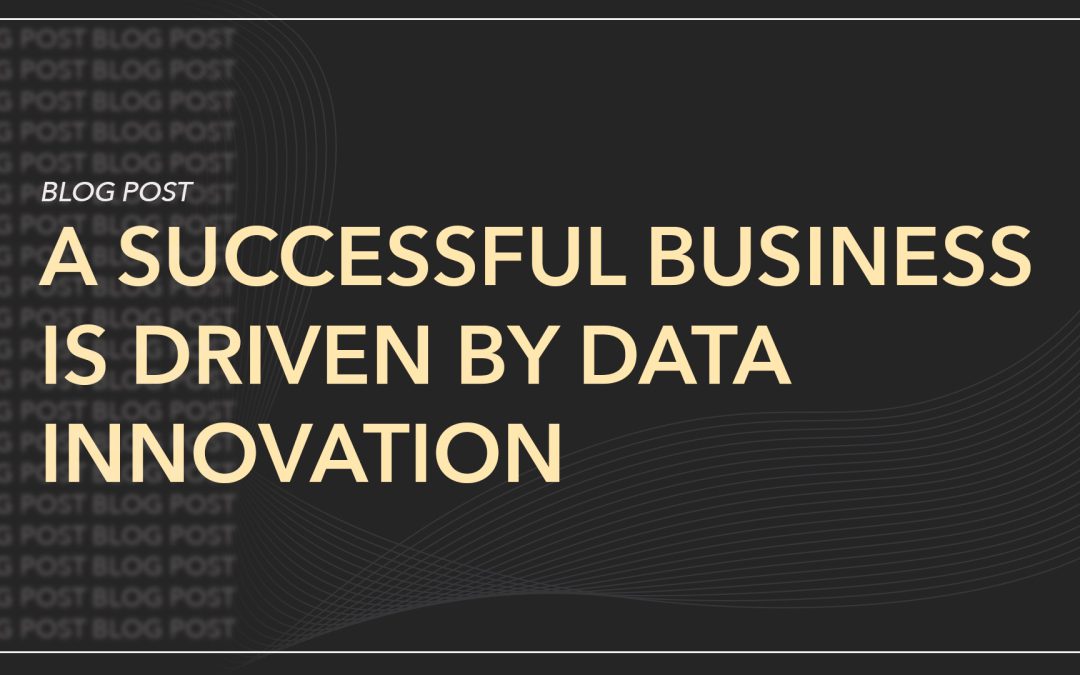
A Successful Business is Driven by Data Innovation
Data-Driven Innovation is Not Longer a Choice – It’s Your Competitive Advantage
Gut instinct alone isn’t enough.
The companies thriving are the one making every decision based on data.
The rest? They’re struggling to keep up.
For business leaders, the challenge isn’t just about collecting more data – it’s about turning data into real business outcomes.
Innovation without data is just guesswork, and guesswork won’t help you.
It won’t help you reduce risk, optimise operations, or gain a competitive edge. You will be in the continuous cycle of trying to keep up.
This blog post breaks down why data-driven innovation is critical, where businesses in your industry are falling behind, and how to build a future-proof strategy that delivers results.
The Harsh Reality: Data Leaders Win, Data Followers Fade
Recent market shifts tell us a clear story: businesses that leverage data effectively are outperforming their competitors.
Those that fail to adopt a data-driven approach are struggling to keep up, missing opportunities for growth and efficiency.
Businesses that fully embrace data-driven innovation are setting new benchmarks, making informed decisions, and driving meaningful change.
On the other hand, those who resist change, or don’t get buy-in from their leaders, find themselves reacting to market pressures rather than shaping them.
Which one are you?
The Data Innovation Gap
Despite the clear benefits, many mid-sized to large enterprises struggle to adopt data-driven innovation.
Why? Well, there are many reasons:
- Legacy systems slow down data integration and prevent real-time insights
- Siloed data makes it nearly impossible to get a full picture of business performance
- Slow adoption of AI and analytics keeps businesses stuck in reactive mode instead of predicting and shaping its future.
The cost of inaction is rising.
Market leaders are already leveraging AI, automation, and real-time analytics to set new standards.
If you’re not moving forward, you’re already falling behind
What Data-Driven Innovation Looks Like
Many businesses believe that they’re data-driven simply because they collect data.
But true innovation comes from turning that data into predictive, real-time insights that drive action.
The real shift happens when organisations move beyond just tracking past performance and start using data to anticipate trends, uncover hidden opportunities, and drive proactive decision-making.
Businesses that leverage data strategically are not just responding to change – they are shaping their future, staying ahead of the competition, and continuously refining their approach based on deep, data-driven insights.
Want to know how market leaders are implementing data-driven innovation within their organisation?
Check out our case studies.
The 3-Step Framework for Data-Driven Innovation
So how can you close the innovation gap?
By implementing a clear, structured approach.
Build a Unified Data Strategy
Many businesses struggle with fragmented data across different systems.
A unified data strategy ensures you create a single source of truth, enabling real-time insights and decision-making.
Leverage AI and Advanced Analytics the Right Way
AI isn’t magic.
Without clean, structured data, it won’t deliver results.
They key is building the right data foundation first before laying AI on top.
Drive a Cultural Shift Toward Data-Led Decision-Makin
Technology alone isn’t enough.
Businesses must foster a culture where every decision is backed by data.
This requires readership buy-in, clear ROI demonstration, and upskilling teams to become data-literate.
Want more help with this?
Our Data Innovation Toolkit has you sorted!
Get expert guidance, FAQs, and actionable insights to drive data innovation.
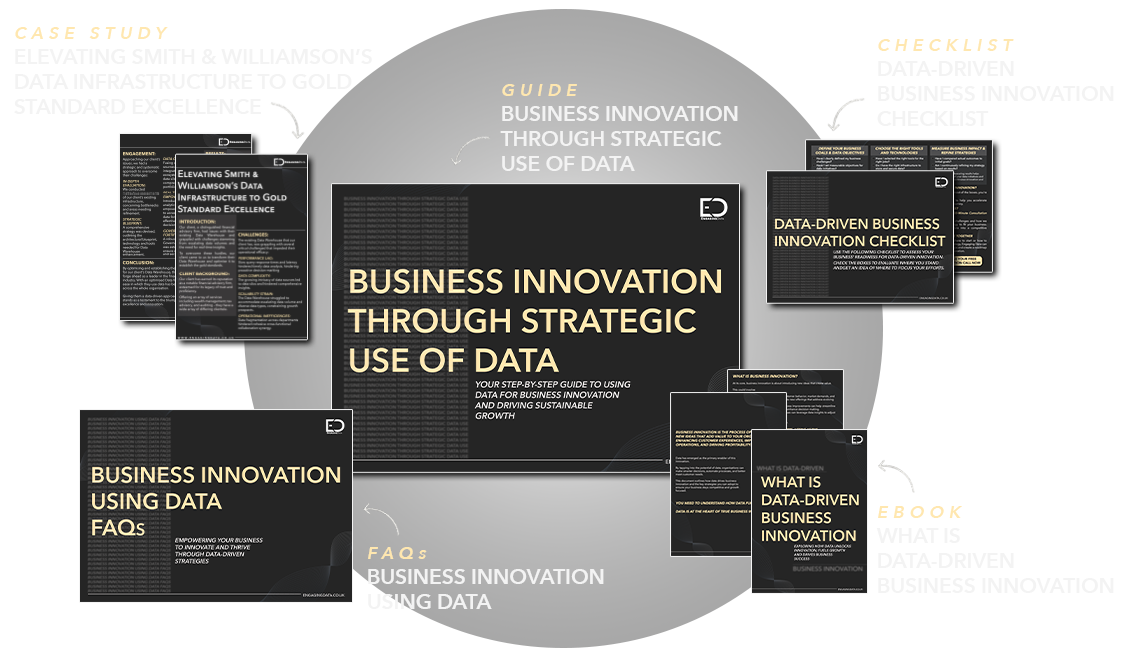
How Data-Driven Innovation Future-Proofs Your Business
What is coming soon for data-driven innovation?
The rising role of:
- AI-powered automation that streamlines processes and reduces manual effort.
- Real-time data streaming for instant decision-making and risk mitigation.
- Advanced predictive analytics that help businesses anticipate and respond to market changes faster than competitors.
The risk of waiting is high.
Your competitors are already implementing these innovations.
Falling behind isn’t an option.
What’s Your Next Move?
Data-driven innovation is no longer a luxury – it is a necessity.
The question isn’t whether to embrace data, but how quickly can you fully embrace it before your competitors take the lead.
Are you leading with data, or just reacting to the market?

